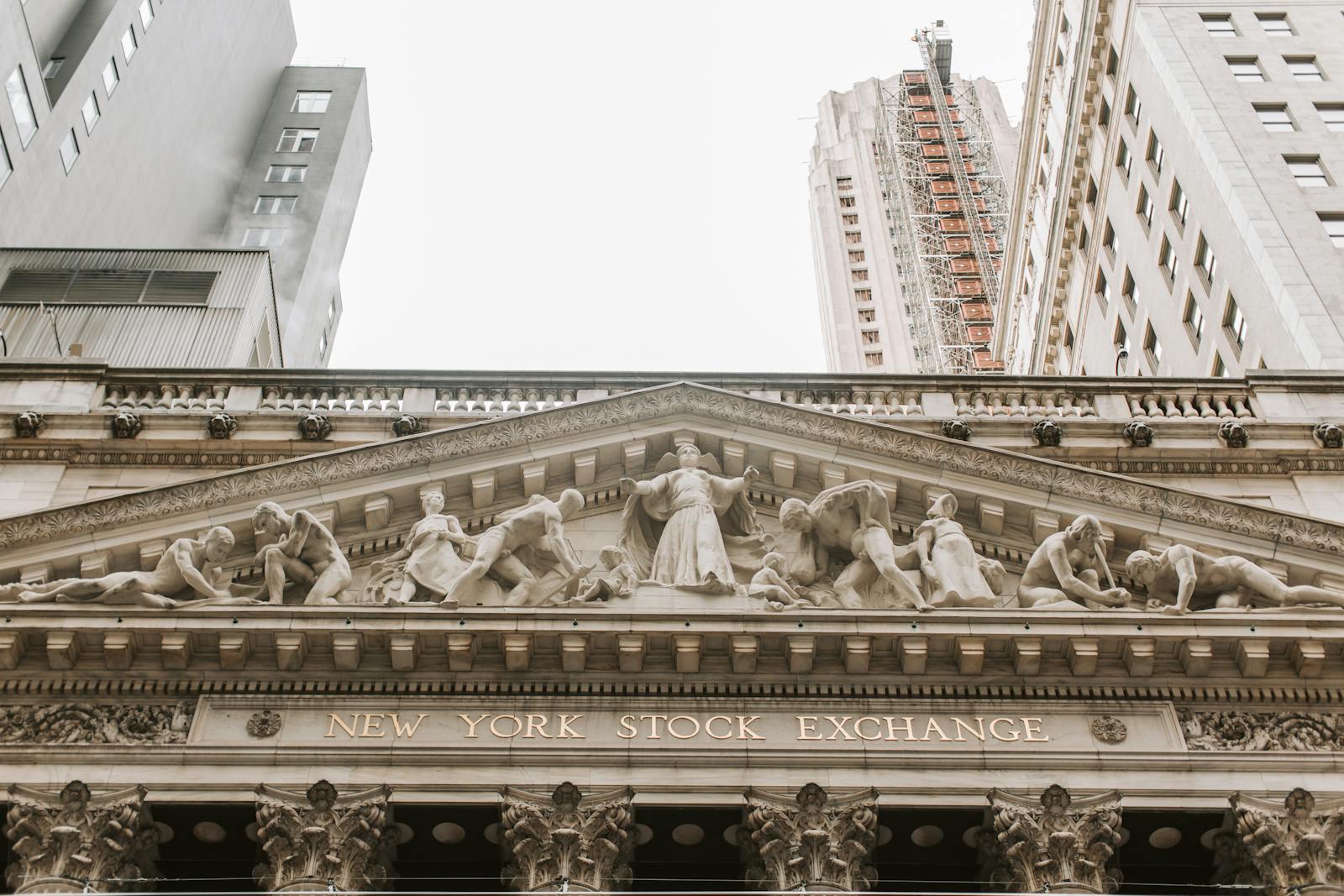When companies or governments raise capital by issuing bonds, investors evaluate various features of the bond, including whether it is secured or unsecured. This classification impacts the bond’s risk level, interest rates, and the protections available to investors if the issuer faces financial difficulties. Secured bonds are backed by specific collateral, meaning that if the issuer defaults, bondholders have a claim on the designated assets. Unsecured bonds, by contrast, are not backed by collateral, making them riskier but often yielding higher interest rates to compensate for that increased risk.
Understanding the differences between secured and unsecured bonds is essential for investors seeking to balance risk and return in their portfolios. This article explores the characteristics, advantages, and disadvantages of each bond type, helping investors make more informed decisions based on their risk tolerance and financial goals.
What is a Secured Bond?
A secured bond is a type of bond backed by specific collateral or assets pledged by the issuer. This collateral serves as security for bondholders, providing them with a claim on the designated assets if the issuer fails to meet its debt obligations. In the event of a default, secured bondholders have the right to seize and sell the collateral to recover their investment, reducing the financial loss associated with non-payment.
Secured bonds are often issued by companies with a higher risk of default or companies that want to offer lower interest rates by providing additional security to bondholders. The types of collateral used for secured bonds vary but typically include assets like property, equipment, or cash reserves.
Types of Secured Bonds
There are several types of secured bonds, each backed by different forms of collateral:
- Mortgage Bonds: These bonds are backed by real estate or physical property. In the event of default, bondholders have a claim on the property, which can be sold to recover the bond’s value.
- Collateral Trust Bonds: These bonds are backed by financial assets, such as stocks, bonds, or other securities held in a trust. Bondholders have a claim on these securities if the issuer defaults.
- Equipment Trust Certificates: Often used in transportation industries, these bonds are backed by specific equipment, such as trains, airplanes, or vehicles. If the issuer defaults, bondholders can seize and sell the equipment.
- Asset-Backed Securities (ABS): Although not technically bonds, ABS are similar in that they are backed by pools of assets, such as auto loans or credit card receivables. Bondholders receive payments from the cash flows generated by these assets.
Advantages of Secured Bonds
Secured bonds offer several advantages to investors, primarily due to their collateral-backed structure:
- Lower Risk of Loss: The collateral backing reduces the risk of loss in case of default, providing investors with an added layer of security.
- Lower Interest Rates: Because secured bonds carry less risk, issuers can typically offer lower interest rates, making secured bonds more affordable for companies and attractive to conservative investors.
- Priority in Bankruptcy: In the event of bankruptcy, secured bondholders have a higher claim on assets compared to unsecured bondholders, increasing the likelihood of recovering their investment.
Disadvantages of Secured Bonds
While secured bonds offer added protection, they also have some drawbacks:
- Lower Returns: Secured bonds generally offer lower interest rates than unsecured bonds because they are less risky. This may limit the returns for investors seeking higher yields.
- Limited Collateral: If the collateral value declines or is insufficient, bondholders may still incur losses despite having a claim on assets.
- Complexity: The collateralized nature of secured bonds can make them more complex to evaluate, as investors must assess the value and risk of the underlying assets.
What is an Unsecured Bond?
An unsecured bond, also known as a debenture, is a bond that is not backed by specific collateral. Instead, it is supported solely by the issuer’s creditworthiness and promise to repay the debt. If the issuer defaults on an unsecured bond, bondholders do not have a claim on any specific assets, which makes these bonds riskier than secured bonds. As a result, unsecured bonds generally offer higher interest rates to compensate investors for the added risk.
Unsecured bonds are typically issued by corporations, governments, or institutions with strong credit ratings and stable financial standings, as these entities are considered more likely to meet their debt obligations. However, in cases of default or bankruptcy, unsecured bondholders rank lower in priority than secured bondholders and may recover little to none of their investment.
Types of Unsecured Bonds
Unsecured bonds come in various forms, each suited to different issuer types and financial goals:
- Corporate Debentures: These are unsecured bonds issued by corporations, relying solely on the company’s creditworthiness. Corporations with strong credit ratings and established business histories typically issue debentures.
- Subordinated Debentures: These bonds are a lower-priority type of unsecured debt that ranks below other forms of debt, including other unsecured bonds. In bankruptcy, subordinated debenture holders are paid after other creditors.
- Government Bonds: In many cases, government-issued bonds are unsecured because governments are generally considered low-risk due to their ability to raise revenue through taxes. Treasury bonds, for example, are unsecured yet widely considered safe.
Advantages of Unsecured Bonds
Unsecured bonds offer distinct benefits, particularly for investors seeking higher returns:
- Higher Interest Rates: Unsecured bonds typically offer higher interest rates than secured bonds to compensate for the lack of collateral, making them attractive to yield-seeking investors.
- Simplicity: Unsecured bonds do not involve collateral, making them simpler to assess in terms of issuer creditworthiness rather than evaluating specific asset backing.
- Flexibility for Issuers: Issuing unsecured bonds allows companies to raise capital without tying up specific assets as collateral, giving them more flexibility to use assets for other business needs.
Disadvantages of Unsecured Bonds
Unsecured bonds carry additional risks that investors must consider:
- Higher Risk of Loss: In the event of default, unsecured bondholders have no claim on specific assets, increasing the risk of financial loss.
- Lower Priority in Bankruptcy: Unsecured bondholders rank below secured bondholders in a bankruptcy proceeding, making them less likely to recover their investment if the issuer’s assets are liquidated.
- Dependence on Creditworthiness: The value of unsecured bonds depends heavily on the issuer’s credit rating and financial health, meaning a downgrade or financial distress can significantly impact the bond’s value.
Key Differences Between Secured Bonds and Unsecured Bonds
1. Collateral Backing
The primary difference between secured and unsecured bonds is the presence of collateral. Secured bonds are backed by specific assets, providing bondholders with a claim on those assets in the event of default. Unsecured bonds, however, have no collateral backing, meaning bondholders rely solely on the issuer’s promise to repay.
2. Risk Level
Because they lack collateral, unsecured bonds are riskier than secured bonds. If the issuer defaults, unsecured bondholders have no claim on specific assets, which increases their potential losses. Secured bonds, with their asset backing, offer bondholders greater security and lower risk.
3. Interest Rates
Unsecured bonds generally offer higher interest rates than secured bonds to compensate investors for the additional risk. Secured bonds, with their reduced risk, can afford to offer lower interest rates, making them more appealing to conservative investors who prioritize security over yield.
4. Bankruptcy Priority
In the event of bankruptcy, secured bondholders have higher priority than unsecured bondholders. This means secured bondholders are among the first to be paid from the proceeds of the liquidated assets. Unsecured bondholders, on the other hand, have a lower priority and may receive partial or no repayment if the issuer’s assets are insufficient.
5. Suitability for Issuers
Secured bonds are often issued by companies with higher risk profiles that need to offer collateral to attract investors. They are also favored by companies with valuable assets that can be pledged. Unsecured bonds are typically issued by high-creditworthiness entities, such as stable corporations or governments, that do not need collateral to assure investors of their ability to meet debt obligations.
Advantages and Disadvantages of Secured Bonds
Advantages of Secured Bonds
- Added Security for Investors: Secured bonds reduce the risk of loss through collateral, which can be claimed in the event of default.
- Lower Interest Rates: The reduced risk allows issuers to offer lower interest rates, which is beneficial for the company’s financing costs.
- Higher Priority in Bankruptcy: Secured bondholders are more likely to recover their investment during bankruptcy due to their claim on assets.
Disadvantages of Secured Bonds
- Lower Yield: The reduced risk means lower interest rates, which may be less attractive to investors seeking higher returns.
- Asset Dependence: If the value of the collateral decreases, secured bondholders may still face losses in the event of default.
- Limited Issuer Flexibility: Issuing secured bonds requires companies to pledge assets, which may limit their flexibility to use those assets elsewhere in the business.
Advantages and Disadvantages of Unsecured Bonds
Advantages of Unsecured Bonds
- Higher Interest Rates: To compensate for the lack of collateral, unsecured bonds typically offer higher interest rates, appealing to investors seeking higher yields.
- Simpler Assessment: Unsecured bonds don’t involve collateral, making it easier for investors to focus solely on the issuer’s creditworthiness.
- Flexibility for Issuers: Issuers do not need to tie up specific assets, allowing them to retain flexibility and use assets for other business activities.
Disadvantages of Unsecured Bonds
- Increased Risk: Without collateral, unsecured bonds expose investors to higher risk in case of default, leading to potentially greater financial losses.
- Lower Priority in Bankruptcy: Unsecured bondholders are paid after secured bondholders in bankruptcy, making them less likely to recover their investment.
- Creditworthiness Dependent: The value of unsecured bonds depends on the issuer’s financial health and credit rating, making them sensitive to changes in creditworthiness.
When to Choose a Secured Bond vs. an Unsecured Bond
- Choose a Secured Bond if you prioritize security and wish to minimize the risk of loss. Secured bonds are well-suited for conservative investors who prefer lower risk and are willing to accept lower interest rates in exchange for the added protection of collateral.
- Choose an Unsecured Bond if you are comfortable with higher risk and are seeking higher returns. Unsecured bonds are ideal for investors with a higher risk tolerance who trust the issuer’s creditworthiness and are interested in higher yields.
Conclusion
Secured bonds and unsecured bonds represent different levels of risk, return, and security for investors. Secured bonds offer a safer option with collateral-backed protection, making them ideal for conservative investors seeking stability and lower interest rates. Unsecured bonds, while riskier, provide higher returns, appealing to investors willing to assume greater risk for potentially greater rewards.
Understanding the differences between these bond types allows investors to align their choices with their risk tolerance, return expectations, and financial goals. By evaluating factors like collateral, interest rates, bankruptcy priority, and issuer creditworthiness, investors can make informed decisions about incorporating secured and unsecured bonds into a diversified and balanced investment portfolio.




